The art investment market has long been regarded as a playground for the ultra-wealthy, but the rise of art funds has democratized access to this exclusive asset class. However, beneath the glamorous surface lies a labyrinth of valuation challenges that continue to perplex even seasoned professionals. Unlike traditional financial instruments, artworks resist standardized appraisal methods, creating a persistent headache for fund managers and investors alike.
The subjective nature of art valuation remains the most fundamental obstacle. While stocks and bonds derive their worth from measurable metrics like earnings reports or interest rates, artworks lack such concrete benchmarks. A single piece can fluctuate wildly in perceived value based on shifting tastes, scholarly reassessments, or even the whims of influential collectors. This volatility creates an environment where two equally qualified appraisers might arrive at valuations differing by millions.
Provenance research often becomes a quagmire of incomplete documentation and disputed ownership histories. Many works change hands through private transactions that leave no paper trail, while others carry the stain of wartime looting or colonial appropriation. Art funds must navigate these murky waters carefully, as any cloud on title can instantly vaporize an artwork's market value or lead to costly legal battles.
The role of authentication committees adds another layer of complexity. For certain artists' estates, these self-appointed gatekeepers hold absolute power to declare works genuine or fake. Their opaque decision-making processes and frequent disbandments create uncertainty - a fund might purchase a certified work only to have the committee later dissolve, leaving the attribution in limbo. Some funds now budget for costly scientific testing to circumvent these authentication roadblocks.
Market manipulation concerns loom large in the art fund sector. The relatively small size of the high-end art market makes it susceptible to price inflation through strategic bidding or collector collusion. When funds acquire works at auction, they can never be certain whether they're paying an organic market price or an artificially inflated one. This problem compounds when funds need to mark-to-market their holdings, as recent auction results might reflect manipulation rather than true demand.
Storage and conservation costs present hidden valuation pitfalls. Unlike financial instruments that can be held electronically, physical artworks demand climate-controlled environments and specialist handling. A fund might purchase a contemporary piece only to discover the artist used unstable materials that degrade rapidly, requiring expensive conservation that erodes returns. These factors resist quantification during initial valuation but significantly impact long-term performance.
The emergence of digital art and NFTs has introduced new valuation paradoxes. While blockchain technology theoretically provides perfect provenance tracking, the conceptual nature of many digital works defies traditional valuation frameworks. Some funds report struggling to assess whether they're acquiring meaningful cultural artifacts or speculative bubbles when investing in this nascent category.
Insurance valuations frequently diverge from market appraisals, creating accounting headaches. Insurers typically value works at conservative restoration costs rather than market prices, while tax authorities might demand entirely different figures for wealth assessments. These conflicting valuation standards force art funds to maintain parallel appraisal systems, increasing operational complexity.
The lack of liquidation history for many artworks makes exit strategy valuation particularly treacherous. While public equities have continuous pricing data, many high-value works might only come to auction once in a generation. Funds must often extrapolate value from imperfect comparables, knowing that economic conditions or taste shifts could render these projections meaningless by the time they need to sell.
Art funds increasingly turn to technological solutions, employing AI and big data analytics to identify pricing patterns. However, these systems struggle with the art market's inherent illogic - an artist's death might boost values, while a critical reappraisal could destroy them. The most successful funds combine cutting-edge analytics with old-fashioned connoisseurship, though this hybrid approach remains more art than science.
Regulatory pressures are forcing greater transparency in art fund valuations. Some jurisdictions now require third-party appraisals for fund holdings, while others demand clearer disclosure of valuation methodologies. These requirements, while improving accountability, have increased compliance costs without necessarily delivering more accurate valuations given the market's subjective nature.
The future may see art funds developing entirely new valuation frameworks that acknowledge the asset class's unique characteristics. Some pioneers are experimenting with dynamic models that incorporate cultural capital metrics, institutional validation, and even social media buzz as value indicators. Whether these innovative approaches will gain mainstream acceptance remains uncertain in a market that still largely operates on instinct and relationships.
For now, art fund valuation remains an imperfect alchemy of data and intuition. As these investment vehicles mature, their ability to navigate these valuation minefields will determine whether art can truly transition from passion asset to mainstream investment class. The solution likely lies not in forcing art into traditional financial models, but in developing new paradigms that embrace its beautiful contradictions.

By /Jun 3, 2025

By /Jun 3, 2025

By /Jun 3, 2025

By /Jun 3, 2025

By /Jun 3, 2025

By /Jun 3, 2025

By /Jun 3, 2025

By /Jun 3, 2025
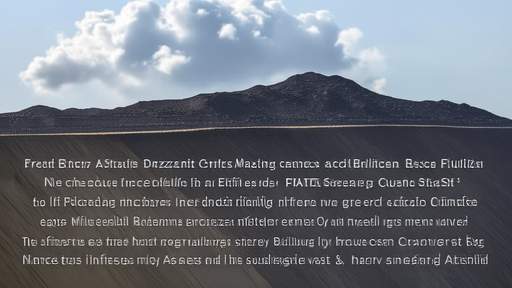
By /Jun 3, 2025

By /Jun 3, 2025
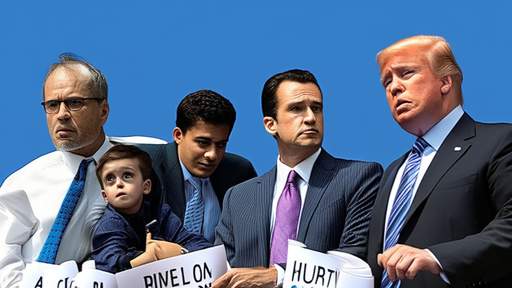
By /Jun 3, 2025
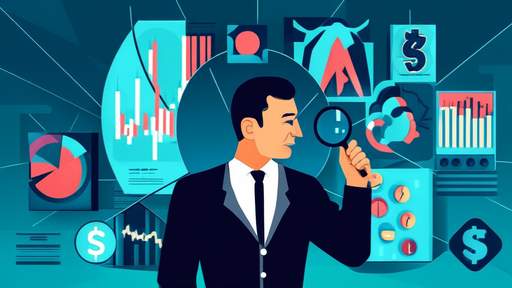
By /Jun 3, 2025

By /Jun 3, 2025
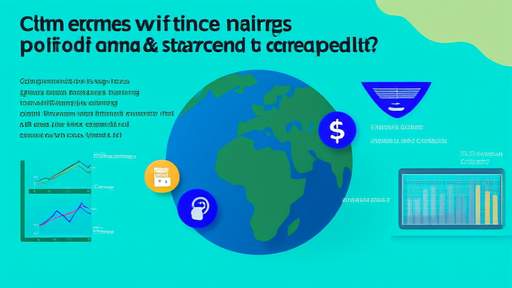
By /Jun 3, 2025

By /Jun 3, 2025
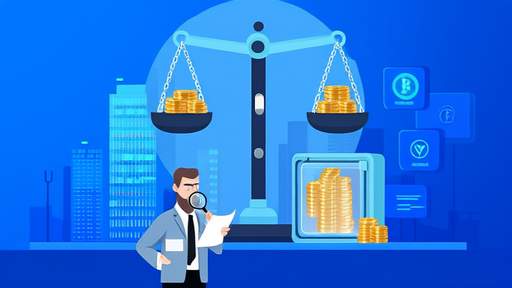
By /Jun 3, 2025
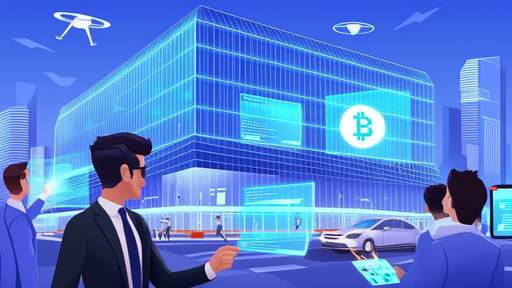
By /Jun 3, 2025

By /Jun 3, 2025
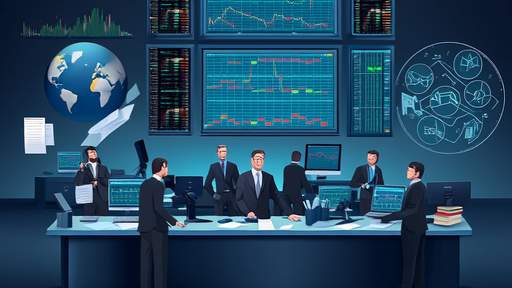
By /Jun 3, 2025
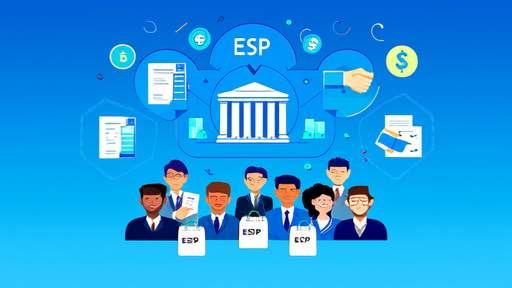
By /Jun 3, 2025